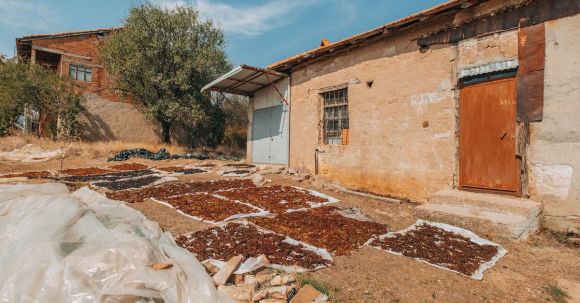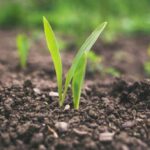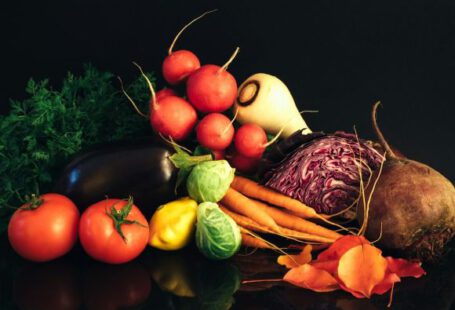Homegrown herbs are a fantastic addition to any kitchen. Not only do they add flavor and aroma to dishes, but they also provide a sense of accomplishment for those who have nurtured and grown them. However, once you’ve harvested your herbs, it’s important to know how to dry and store them properly to ensure they retain their potency and freshness. In this article, we will guide you through the process of drying and storing your homegrown herbs, so you can continue to enjoy their flavors throughout the year.
Harvesting the Herbs
Before drying your herbs, it’s essential to harvest them at the right time. The best time to harvest herbs is in the morning, after the dew has dried but before the sun is too hot. This is when the essential oils are at their peak, giving your herbs maximum flavor and fragrance.
Choosing the Right Method to Dry
There are several methods to dry herbs, and the one you choose will depend on the herb variety and the amount of time you have. Here are a few popular methods:
1. Air Drying: This is the simplest and most traditional method of drying herbs. Bundle the herbs together and hang them upside down in a warm, well-ventilated area. Make sure to tie the stems tightly to prevent the herbs from falling. This method can take a few days to a couple of weeks, depending on the herb and the drying conditions.
2. Oven Drying: If you’re short on time, you can use your oven to dry herbs. Spread them on a baking sheet in a single layer and place them in the oven at the lowest temperature setting. Keep the oven door slightly ajar to allow moisture to escape. Keep a close eye on the herbs, as they can quickly go from perfectly dried to burnt.
3. Dehydrator: If you have a dehydrator, this is the quickest and most efficient method. Arrange the herbs on the dehydrator trays and set the temperature according to the manufacturer’s instructions. The herbs will be ready in a few hours, and the controlled temperature ensures that they retain their maximum flavor and color.
Storing the Dried Herbs
Once your herbs are dried, it’s time to store them properly to maintain their quality. Follow these tips for effective herb storage:
1. Remove Leaves from Stems: Before storing, remove the leaves from the stems and discard any discolored or damaged parts. Crumble the leaves into smaller pieces for easier use in recipes.
2. Choose the Right Containers: Store your dried herbs in airtight containers to prevent moisture and air from getting in. Glass jars with tight-fitting lids are ideal. Avoid using plastic bags, as they can allow moisture to seep in and degrade the quality of your herbs.
3. Label and Date: To avoid confusion, label each container with the name of the herb and the date of drying. This will help you keep track of freshness and ensure you use the oldest herbs first.
4. Store in a Cool, Dark Place: Herbs are sensitive to light, heat, and humidity, so it’s important to store them in a cool, dark place. A pantry or cupboard away from direct sunlight is ideal. Avoid storing herbs near the stove or any other source of heat.
By following these simple steps, you can preserve the flavors and aromas of your homegrown herbs for months to come. Drying and storing your herbs properly allows you to enjoy the taste of summer even in the depths of winter. So, get harvesting, drying, and storing, and elevate your culinary creations with the vibrant flavors of your own homegrown herbs.





